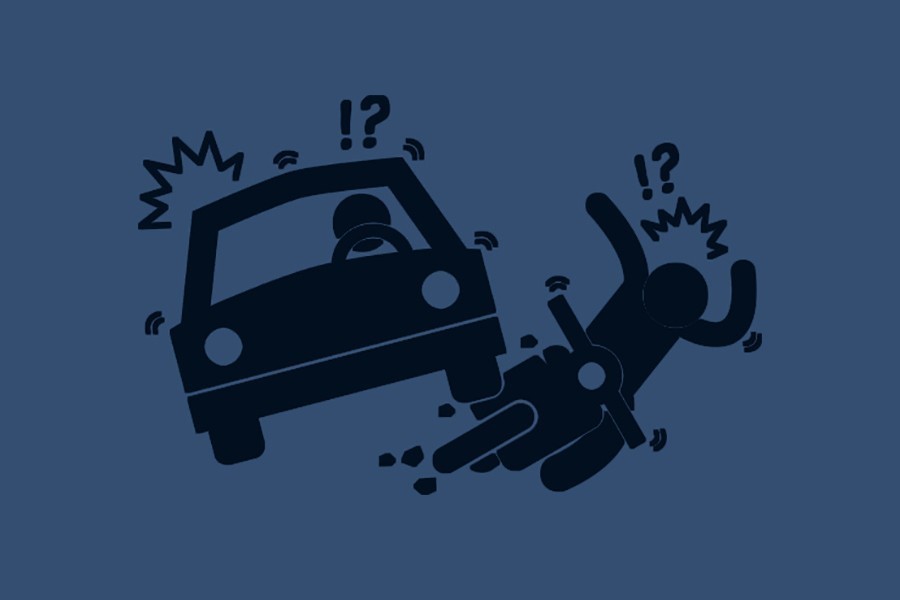No crowd-pulling event or occasion is an unmixed blessing. The two greatest Muslim festivals, Eid-ul-Fitr and Eid-ul-Azha naturally trigger the heaviest rush in any year in this highly populous country. So, these occasions are not without their pitfalls -particularly on roads and highways, the capacity of which gets under severe stress during these times. If the downside of joyous occasions were limited only to strenuous journey and the ordeals involved, the ultimate rewards would have been all the more enjoyable with the reunion of people at their ancestral homes or cherished destinations. Unfortunately, the journeys home and back sometimes turn tragic because of road accidents -mostly avoidable. Road casualties during the festival times turn the occasion tragic for many. Reports carried in different newspapers have put this year's tally during the four days starting from Friday -the day before Eid-ul-Fitr, at 50. An institute and a body studying the pattern of accidents have observed that more people die during their return journey to cities and workplaces than during their journey home. If it happens, the casualty figure may surpass those of the previous couple of years.
The troubling question here is, should the people resign to a fatalistic conclusion that there is no escape from such accidents during the Eid-time journeys? True, accidents are unpredictable. But improvement of conditions, facilities and enforcement of rigorous discipline can bring the higher incidence of accidents to the minimum. The Accident Research Institute under the Bangladesh University of Engineering and Technology (BUET) found that during the fortnight with one week either side of the Eid, as many as 571 were killed and about 1,500 injured in road accidents in the past three years. This means that 13 people were killed each day on an average. According to the Bangladesh Jatri Kalyan Samity, 20 people were crushed under the wheel each day during the past two years when the number of casualties was 634.
The slight variance in the number of casualties is hardly contentious because the two organisations have taken into account accidents of longer and shorter periods. What is of particular concern is that the death on roads and highways cannot be minimised. Indiscipline and desperation of drivers and vehicle operators are mostly responsible for the unacceptably higher number of accidents during the festival times. What is missing from the bus or other vehicle operators is professionalism. Indeed, professionalism demands extra care and devotion to the service they render. Knowing that bus-truck collision was the prime cause of accidents, the authorities restricted movement of trucks during the time under review. It yielded some positive results.
Yet it is not a solution to the main problem. The entire sector is undisciplined with drivers behaving erratically, owners of vehicles pressing into service old and rickety ones during the festival time aimed at making windfall profits. Even the road condition is suspect because repair works start only days before people make their journeys. Anarchy reigns supreme all around during the period. It is exactly at this point, the authorities must concentrate, not only during the festival times but round the year, on streamlining the vehicular operation on roads and highways. There lies the answer to the problem of traffic management all across the country.


